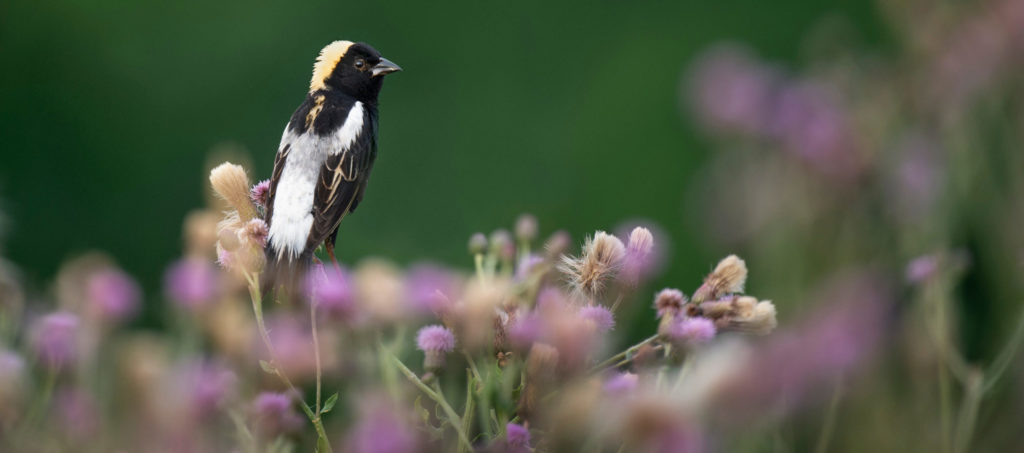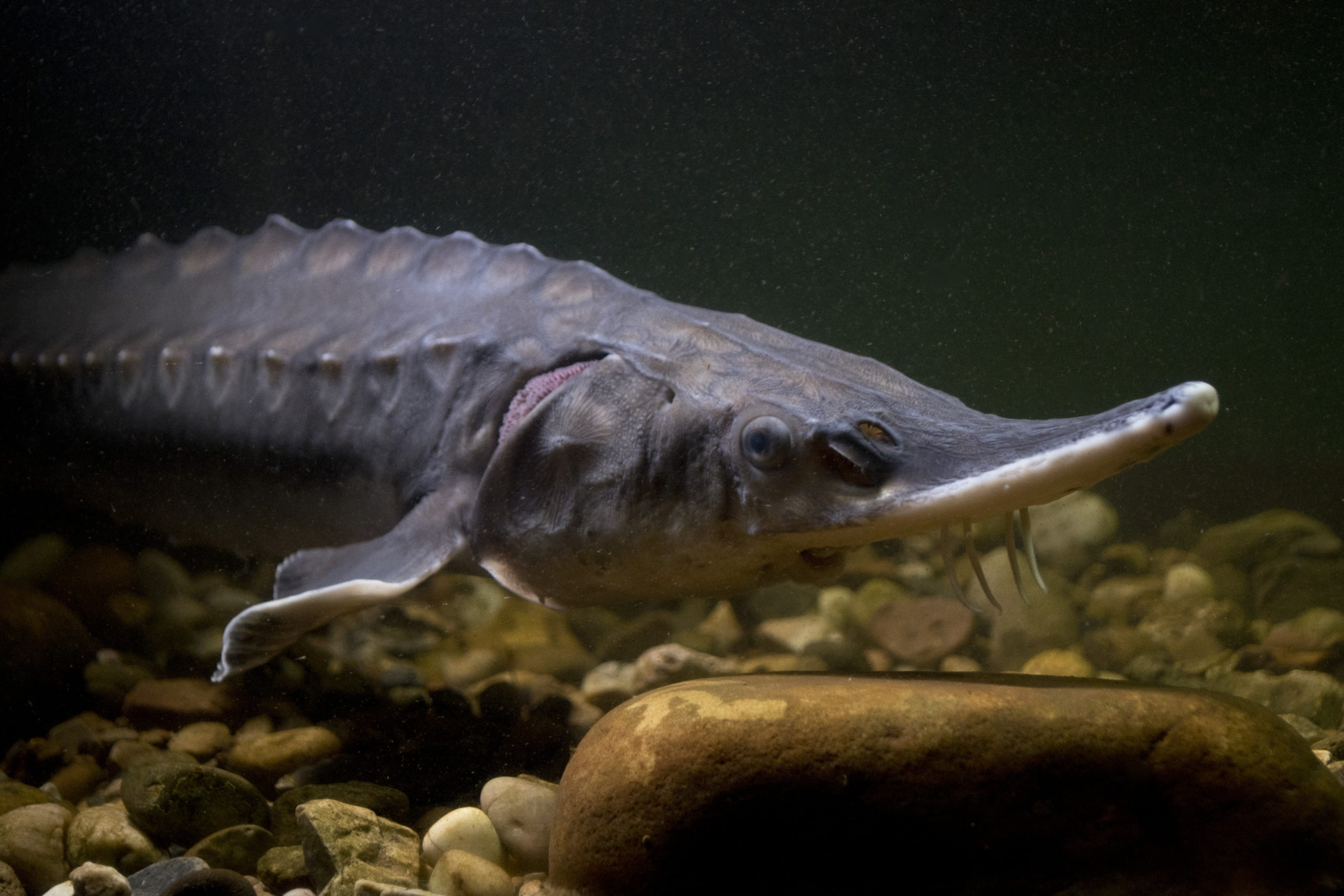We have a bold new plan to recover species at risk in the Wolastoq/Saint John River watershed
A hotspot for biodiversity, the Wolastoq/Saint John River watershed in New Brunswick is home to nearly 50 species at risk of extinction. A new study from WWF-Canada and the University of British Columbia has found that recovering most of these species is not only possible, it’s also affordable.
Some of New Brunswick’s at-risk species are familiar, such as Atlantic salmon, painted turtle, monarch butterfly and bald eagle. Others are more exotic sounding, like the pygmy snaketail dragonfly, Southern twayblade orchid and the Northern myotis bat.

Priority Threat Management
Using a new approach to conservation planning called Priority Threat Management (PTM), we have released a report to help decision-makers determine which actions have the greatest benefits for the most species, taking costs and feasibility into consideration. This is very important for regions like the Wolastoq/Saint John River watershed that have a large number of at-risk species impacted by a wide variety of threats; some of which can only be found in this watershed and nowhere else in Canada. Three of these species are highlighted below.
Species Feature: Cobblestone Tiger Beetle
- In Canada, the cobblestone tiger beetle can only be found in New Brunswick in eight small sites within the watershed. This beautiful beetle lives up to its name and is a tiger-like predator, chasing down prey at incredible short bursts of speed. It also gets its name from the habitat where’s it’s found — cobblestone beaches. The PTM study found that this endangered beetle can be recovered through actions like identifying and protecting important habitat.
The good news is that if we implement the strategies suggested in the PTM study, we can save 40 species at risk in the Saint John River watershed — and the study also found that government could fund this recovery for the equivalent of $33 per person per year in New Brunswick.

Species Feature: Shortnose Sturgeon
- Like other sturgeon, the shortnose sturgeon is very long lived and grows to an enormous size. The oldest known fish was recorded at 67-years-old, and the largest recorded fish was 23.6 kg! It is considered at risk of extinction in part because it has such a limited distribution in Canada and can only be found in the Wolastoq/Saint John River system. The PTM study found that Shortnose sturgeon and migratory fish can be recovered if all strategies are implemented, including the removal of major dams along the river which are currently impeding fish migration.
For the groups that we don’t currently have conservation solutions for — bats and forest trees that are highly threatened from diseases and forest pests that we don’t know how to eradicate yet — we need to invest in research and development to pilot new strategies to help safeguard them.
Species Feature: Furbish’s Lousewort
- Furbish’s lousewort only grows along this one river and isn’t closely related to anything else in Eastern North America, so is therefore considered one of the most interesting plants of New Brunswick. Recent surveys have been unsuccessful at locating new populations, showing that they are at immediate risk of being lost to the province, and therefore all of Canada. Furbish’s lousewort can be recovered through a public, private, and forestry land management strategy that includes actions like identifying and protecting important habitats and working with companies to conserve species at risk.
In Spring of 2020, WWF-Canada began implementing some of the conservation strategies identified in the PTM process. Through partnerships with local watershed groups, we are working to collaboratively address the aquatic habitat strategies, including revegetation and habitat improvement like removal of barriers and installation of fish passages and ladders. This is the first step needed to help restore aquatic habitat for New Brunswick’s unique and at-risk species like the shortnose sturgeon.
The PTM process has revolutionized our approach to conservation planning. In less than two years we have gone from planning to action on the ground – which is much faster than other processes. With a plan and a budget for the Wolastoq watershed, we’re optimistic for the future of wildlife in New Brunswick.

